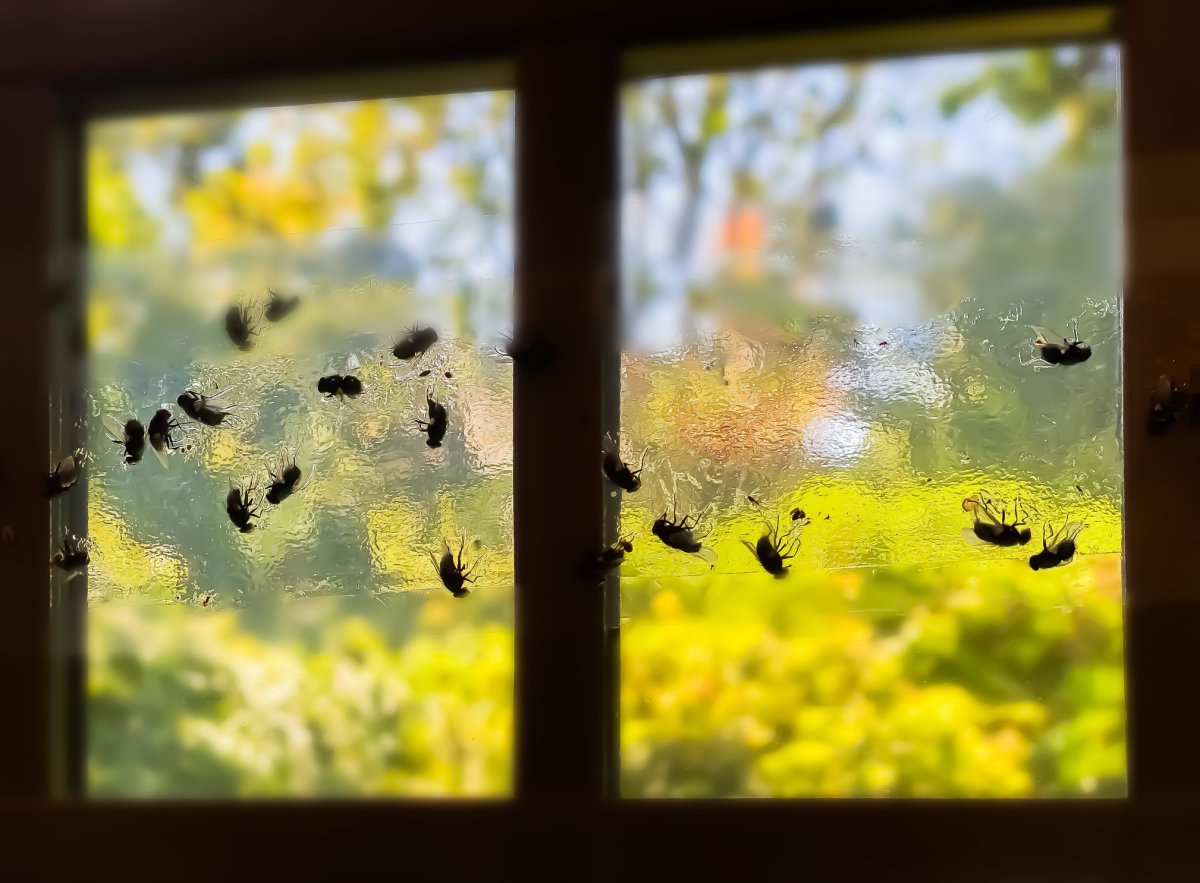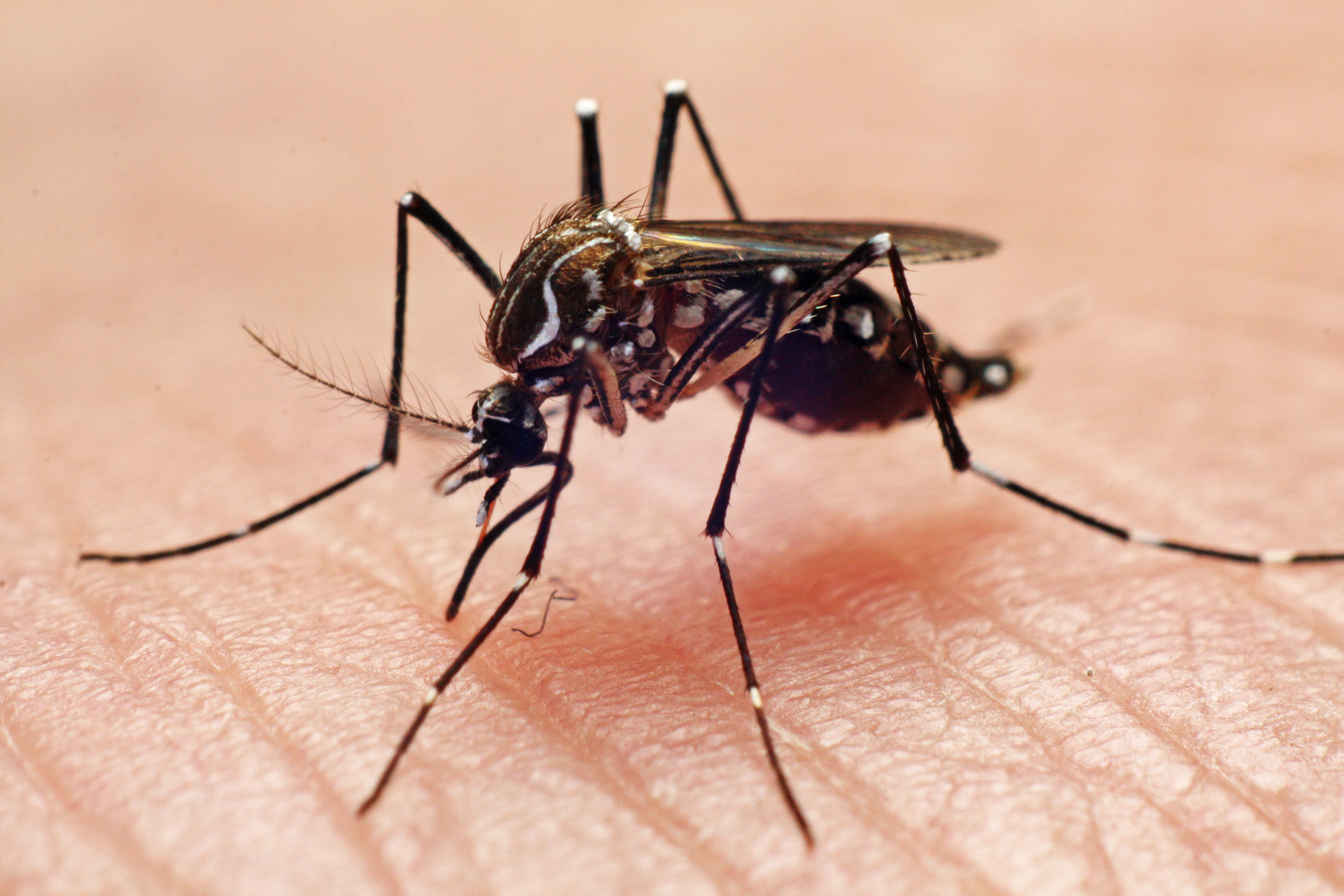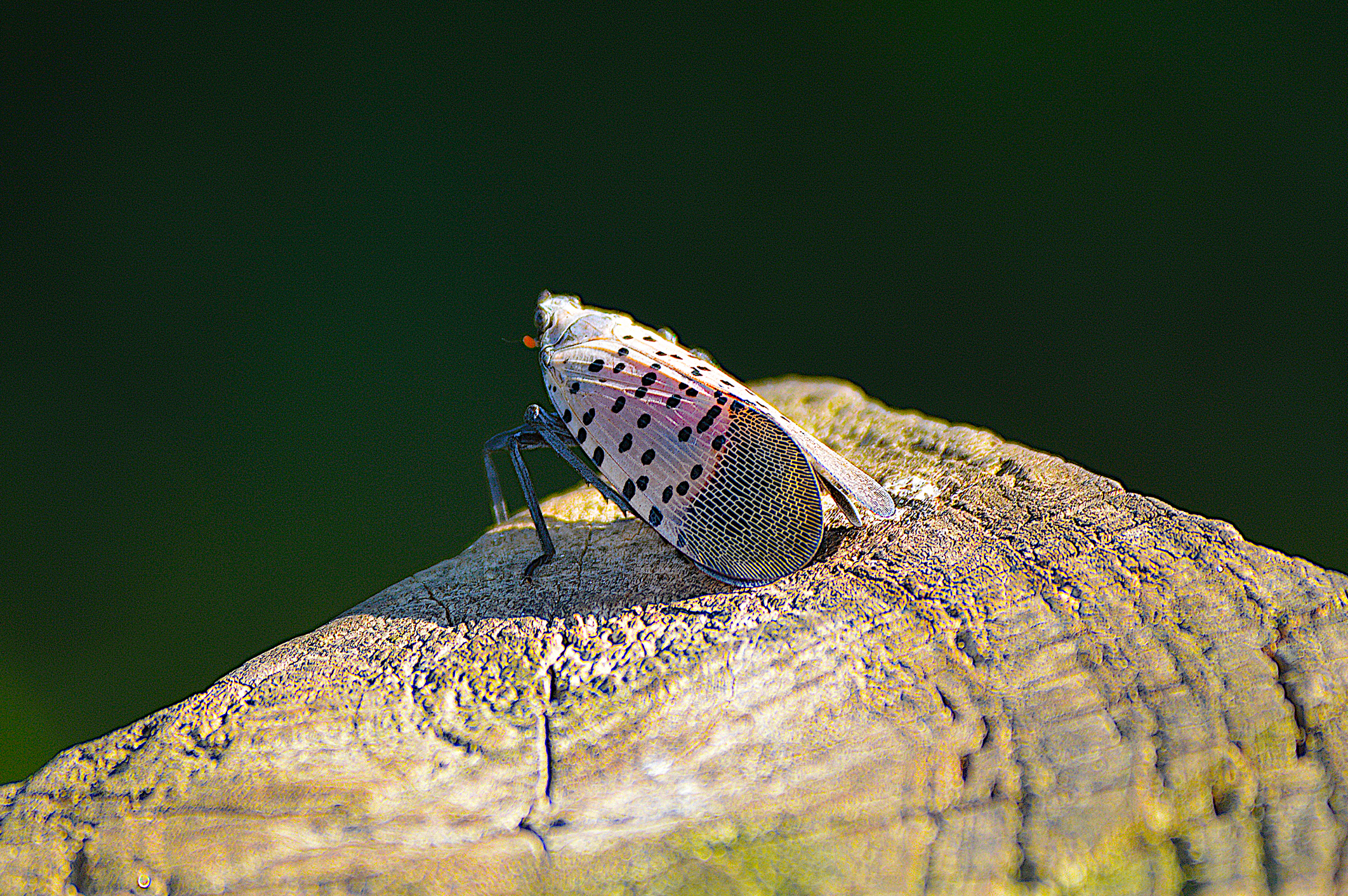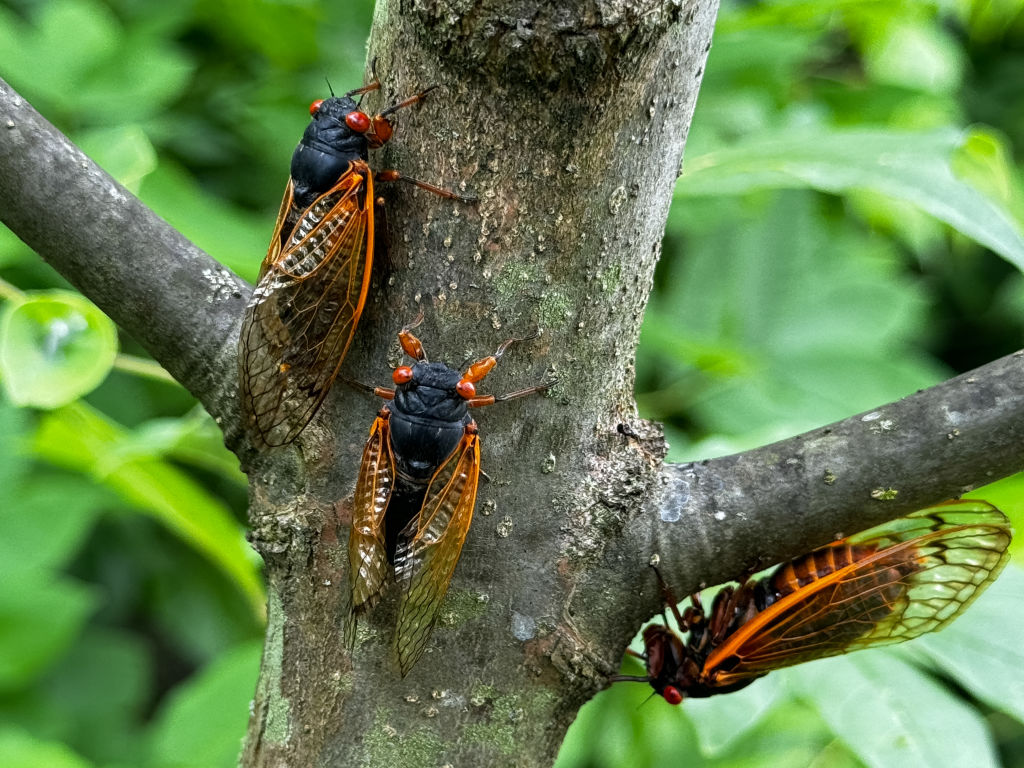

We may earn revenue from the products available on this page and participate in affiliate programs. Learn More ›
Understanding seasonal pest patterns can help you take action to prevent infestations that could damage your yard or home. By knowing when certain pests are most likely to invade, you can be on alert and implement targeted measures, whether that means scheduling a pest service or using some DIY tools like setting traps or using natural methods.
Each year presents a different story on the type and number of insects that could show up in your area. Much of this depends on climate patterns. “The warmer it is, the more pests will thrive and the more populations we’ll see,” says Emma Grace Crumbley, an entomologist with Mosquito Squad Plus, a pest control company with more than 200 locations nationwide.
Crumbley believes that 2025 climate patterns will be very similar to those of 2024. Keep in mind that 2024 was the warmest year on record, according to the National Oceanic and Atmospheric Administration. Crumbley suggests that if these climate patterns “of being warmer than usual and more precipitation than usual in a lot of regions [continue], that will naturally make all our pests across the board have a spike this year.”
Discover which insects to look out for in the coming months as warmer temperatures arise, where pests might appear, and what you can do to prevent an infestation on your property.

5 Pests to Watch for in the Coming Months
The following insects are most likely to cause trouble in and around your house as temperatures warm up in the spring, says Crumbley.
Mosquitoes (Culicidae family)
Nobody enjoys dealing with itchy mosquito bites, but these critters are more than a nuisance. Unfortunately, of the 200-plus mosquito species in the U.S., about 12 types can cause diseases—even deadly ones. More than 1,000 Americans experience serious illness or death because of a mosquito bite every year.
Last year, there was a huge spike in mosquitoes over the summer, along with the emergence of several mosquito-borne illnesses throughout the U.S., says Crumbley. “We saw dengue and West Nile virus become more prevalent. And at the end of last year, in the northeastern part of the country, we saw encephalitis (EEE) start to pop up as well.”
This year could be as bad or worse than last year, warns Crumbley. “The second it starts getting warmer, especially for mosquito populations, I would expect to see an uptick pretty quickly in areas that typically have a warm, wet climate.”

Spotted Lanternflies (Lycorma delicatula)
These pests are one of the newest invasive insect species spreading across the country. First introduced in Pennsylvania in shipping cartons from Asia, these flying insects are either black with bright white spots, vibrant red with black and white spots, or gray-winged with black spots, depending on their stage.
While spotted lanternflies do not bite or sting and are not dangerous to people or animals, they excrete a sticky sugary substance called honeydew that builds up and leads to fungi. The sooty mold can damage plants, trees, outdoor furniture, and cars. They also are a nuisance to buildings. “They’ll lay their eggs and colonize on trees nearby homes,” says Crumbley. “When it gets cold they want to find a way inside a warm area,” she says. Crumbley adds that people complain about the insects coming into their homes.
“They’re certainly going to be spreading throughout this next year,” says Crumbley. “They are mostly in the Northeastern U.S., but last year they got introduced to Georgia as well.”
Asian Longhorned Ticks (Haemaphysalis longicornis)
Crumbley has also been keeping an eye on Asian longhorned ticks, another invasive insect. When unfed, they are light reddish-tan to dark reddish with brown and have dark markings, while adult females are gray-green with yellowish markings. Introduced a few years ago in New Jersey, the ticks pose a large risk for the health and safety of livestock animals and can carry pathogens that make people ill. Also called the bush, cattle, or scrub tick, the insects can now be found in the eastern half of the country from New York south to Georgia and west to Missouri.
“They’re capable of not only biting and being annoying and sucking blood, but they can also spread diseases to livestock,” says Crumbley, which can threaten owners’ livelihood. They could be vectors of Rickettsial diseases like Rocky Mountain spotted fever, which can develop an allergy to red meat. “These ticks can also spread anaplasmosis to people, which can develop to either minor symptoms like fever, chills, headache, and muscle aches to more severe symptoms, including respiratory failure, bleeding problems, organ failure, and even death,” says Crumbley.

Cicadas (Cicadoidea family)
Last spring, three different broods of cicadas emerged at the same time, but this year won’t be as intense. “There is going to be a brood of periodical cicadas that will emerge in a few months,” says Crumbley. Brood XIV, the second largest group of periodical cicadas, appears every 17 years and is also called the Greater Eastern Brood since it will mostly appear in the Eastern U.S. “Based on the data we have from the last time they emerged, it seems likely the states of Tennessee, Kentucky, West Virginia, and Pennsylvania will be hit the hardest, but they could emerge in neighboring states as well,” says Crumbley.
Cicadas don’t bite or sting, but they cause a nuisance with their loud chirping and by flying into everything. “They’re clumsy flyers, so if you leave a window or a door open, they can fly right in,” says Crumbley. To prevent an influx of these creatures in your home, keep doors and windows closed as much as possible and add screens if you don’t have them yet, she suggests.
Joro Spiders (Trichonephila clavata)
Joro spiders are another annoying invasive pest to watch for this year. First introduced in Georgia, they are now appearing in Tennessee, North Carolina, South Carolina, Maryland, and Florida. “They’re large, yellow and black, and they build really massive, sturdy webs that have a golden tint to them,” says Crumbley. Fortunately, they are not harmful to human health, but they are another type of spider to control in your yard and home, since they might reduce populations of helpful native spiders.

Tips to Prevent an Insect Infestation on Your Property
Wondering how to battle a surge of creepy crawlies at home this year? Keep in mind that pests rely on food, shelter, and water or moisture to thrive. If you can remove those elements, you will drastically decrease the pest population, advises Crumbley. Here are some tips to get started.
- Learn how to identify insects when they appear. Some resources include the National Pest Management Association or your County Extension Office. You also can refer to Pestworld.org, iNaturalist, and the Identification Technology Program at the U.S. Department of Agriculture (USDA) Animal and Plant Health Inspection Service (APHIS) Plant Protection and Quarantine (PPQ) division, or your pest control company’s website.
- Choose integrated pest management (IPM) strategies instead of going straight to pesticides. For example, try reducing clutter, removing trash, installing physical barriers, setting traps, and getting rid of overgrown vegetation.
- Seal cracks in doors and walls to prevent insects from sneaking in.
- “Remove any standing water source that’s not necessary outside,” says Crumbley. Examples include water collecting in a bird bath or on an old tarp in the corner of your yard.
- Avoid overgrown grass and debris in your yard and wood piles close to your house.
- Monitor vegetation for bite marks, discoloration, and other signs that could indicate an insect infestation.
- Hire a professional pest control company, but be sure to ask that they use natural pest-control solutions, such as a botanical insecticide derived from essential oils.
